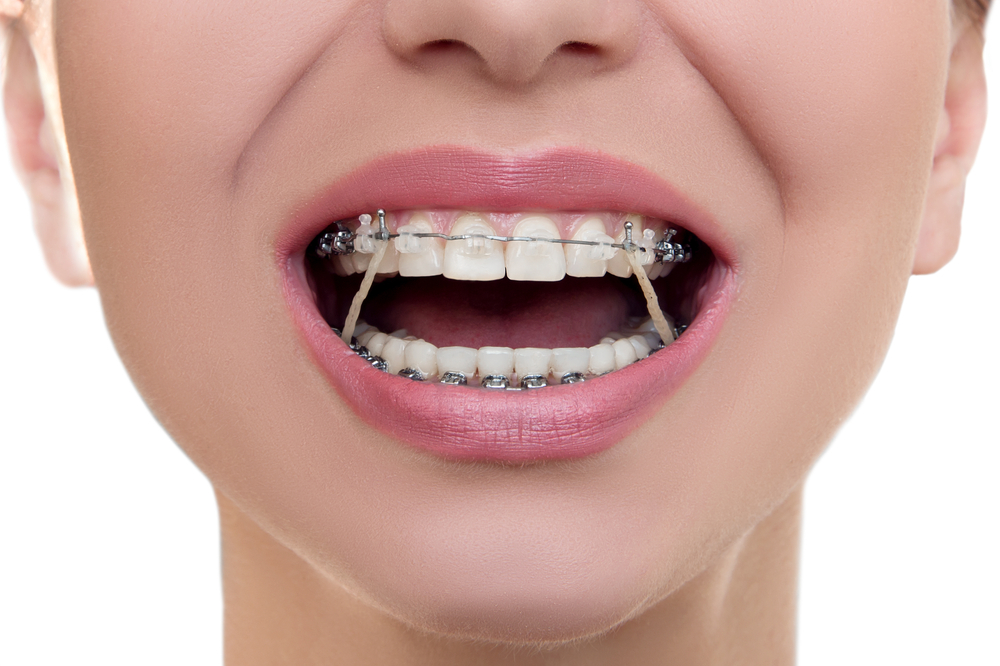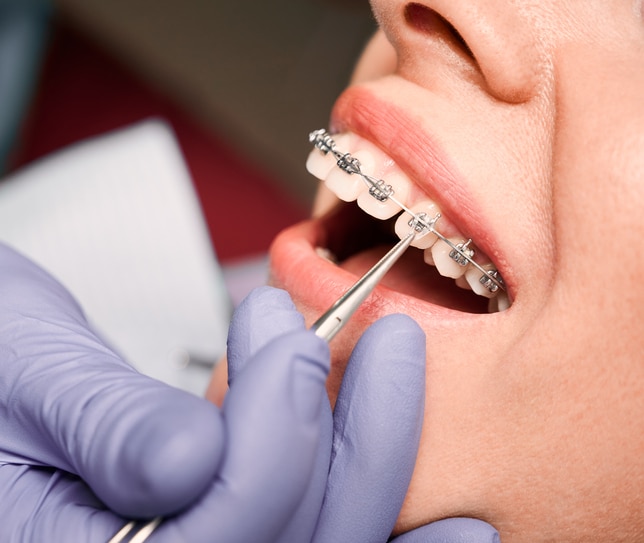Comprehensive Guide to Orthodontics Treatments for Fixing Oral Imbalances
Understanding the complexities of each procedure, including their systems, benefits, and potential drawbacks, is important in making notified decisions about one's orthodontic treatment. As we navigate through the comprehensive guide to orthodontic treatments for correcting dental imbalances, the intricate information of each approach will certainly unravel, dropping light on the path toward a harmonious and useful dental positioning.
Orthodontic Procedures Introduction

Routine modifications and surveillance are essential components of orthodontic therapy to ensure development is on track and to make any kind of necessary adjustments along the means. By undertaking orthodontic procedures, clients can not only accomplish a straighter grin but also enhance their total dental health and function.
Typical Dental Braces: How They Work
When considering orthodontic therapies for oral misalignments, traditional dental braces attract attention as a reliable approach for correcting teeth positioning. Typical dental braces include brackets, cords, and bands that collaborate to use continual stress on the teeth, progressively relocating them right into the desired placement. The brackets are connected to the teeth making use of a special adhesive, and the cords are threaded via the braces. By readjusting the tension of the wires, orthodontists can regulate the direction and pressure related to each tooth, leading them into proper positioning over time.
As pressure is applied to the teeth with the dental braces, the bone bordering the teeth is improved to sustain the new tooth positions. Clients will certainly require normal changes at the orthodontist's office to guarantee the braces continue to apply the right stress for reliable teeth activity.
Unseen Aligners: Cons and pros
Unnoticeable aligners use a practical and very discreet choice to typical dental braces for dealing with oral imbalances. These clear, custom-made trays are practically unseen when worn, making them an attractive choice for individuals seeking a more aesthetically pleasing orthodontic therapy. Among the main advantages of unnoticeable aligners is their removability, permitting simpler maintenance of dental health compared to traditional dental braces. People can remove the aligners prior to consuming or brushing their teeth, reducing the threat of food obtaining stuck in the appliance and streamlining the cleaning process.

Surgical Orthodontic Options
Surgical treatments in orthodontics present feasible options for addressing intricate dental misalignments that may not dental dental dentist be efficiently settled via standard orthodontic therapies. While traditional braces and invisible aligners can fix numerous orthodontic problems, certain cases call for medical treatment to accomplish ideal results. Surgical orthodontic options are usually suggested for severe malocclusions, significant jaw discrepancies, all dentist search and instances where the underlying bone framework requires adjustment to achieve proper placement.
One usual medical orthodontic procedure is orthognathic surgery, which involves rearranging the jaws to remedy practical issues such as trouble eating or speaking. This surgical treatment is frequently carried out in cooperation with an orthodontist that assists align the teeth prior to and after the treatment. Surgical orthodontics may also entail procedures to expose affected teeth, eliminate excess periodontal cells, or reshape the jawbone to develop a more unified facial account.
Before considering medical orthodontic choices, people go through a comprehensive analysis to identify the necessity and prospective benefits of such treatments. cumming braces. While surgical treatment might seem challenging, it can dramatically enhance both the feature and aesthetic appeals of the smile in cases where traditional orthodontic therapies fail
Retainers and Post-Treatment Treatment

Post-treatment care includes adhering to the orthodontist's directions vigilantly. This might consist of appropriate dental hygiene methods, participating in follow-up appointments, and using the retainers as suggested. Failing to follow post-treatment care directions can cause relapse, where the teeth slowly relocate back in the direction of their initial positions. Consistent retainer wear, good oral hygiene, and normal oral check-ups are vital for preserving the outcomes attained via orthodontic surgery and guaranteeing the long-lasting stability of the remedied oral positioning.
Final Thought
In final thought, orthodontic procedures supply different alternatives for remedying oral misalignments. Surgical orthodontic options are readily available for much more severe imbalances. In general, orthodontic treatments can efficiently boost dental health and visual appearance.
As we browse through the detailed overview to orthodontic treatments for correcting oral misalignments, the detailed information of each method will certainly unfold, losing light on the path towards a functional and unified dental placement. - braces
One of the most common orthodontic treatments is the usage of dental braces, which are composed of metal braces and cords that use gentle pressure to progressively change teeth into the preferred setting.When considering orthodontic therapies for oral misalignments, standard dental braces stand out as a reliable method for fixing teeth placing. In addition, undetectable aligners might not be ideal for intricate orthodontic concerns that need even more significant teeth activity, as they are typically suggested for moderate to modest situations. Retainers are tailor-made orthodontic gadgets designed to hold teeth in their dealt with placements after the completion of orthodontic treatment.